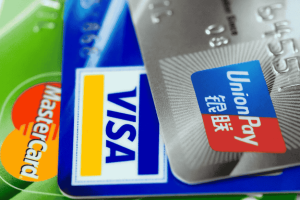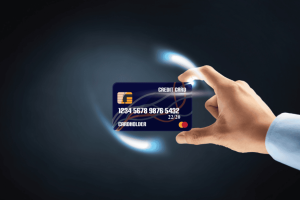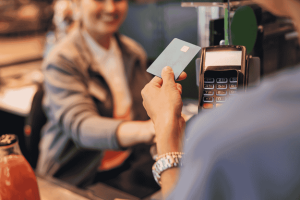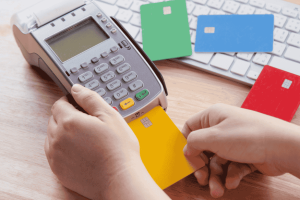Meet Liam, a freelance graphic designer living in Kuala Lumpur who once found himself in a precarious financial situation. When a sudden medical emergency struck his family, Liam struggled to cover the expenses due to a lack of savings. Determined never to be caught off-guard again, he committed to building an emergency fund. Through disciplined saving and smart budgeting, Liam gradually accumulated a financial cushion that not only offered peace of mind but also allowed him to focus on growing his business. His experience illustrates why an emergency fund is not just a luxury—it’s a necessity.
Understanding the Role of an Emergency Fund
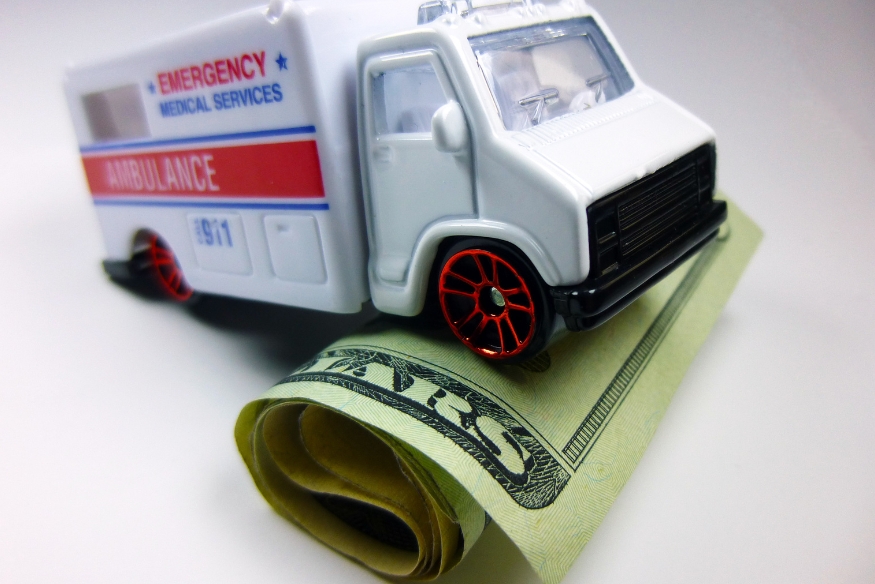
An emergency fund is a dedicated savings account set aside solely for unexpected expenses or financial emergencies. Unlike your regular checking or savings account, this fund is your buffer against unforeseen events such as job loss, car repairs, medical emergencies, or sudden home repairs. Here’s why it matters:
Why It’s Essential:
- Financial Safety Net: Provides immediate access to cash without resorting to high-interest debt or loans.
- Stress Reduction: Knowing that you have funds available can ease anxiety during tough times.
- Increased Financial Flexibility: Enables you to take opportunities or handle crises without disrupting your long-term financial goals.
- Avoiding Debt Spiral: Helps you steer clear of emergency credit card charges and expensive loans.
Real-World Context:
Consider how drastically your life might change when you have a set-aside fund during unexpected hardship. Instead of scrambling for funds, you can calmly address the issue, whether it’s a sudden car breakdown or unexpected medical expense. An emergency fund not only stabilizes your finances—it helps you maintain dignity and control in uncertain times.
Breaking Down the Reasons: Why an Emergency Fund Is a Must-Have
Let’s dig deeper into the various reasons an emergency fund is critical:
1. Cushion Against Income Uncertainty
- Job Loss or Reduced Hours: In today’s volatile economy, many people face layoffs, reduced hours, or freelance income fluctuations. An emergency fund prevents you from having to dip into retirement or incur high-interest debt.
- Seasonal Business Fluctuations: For business owners and freelancers, income can be unpredictable; a solid fund means you can bridge the gap during lean periods.
2. Deterrent to Debt Accumulation
- Avoiding Financial Pitfalls: Without sufficient emergency savings, you might rely on credit cards or payday loans during tough times. These come with high-interest rates, leading to a vicious cycle of debt.
- Safeguarding Your Credit Score: Timely handling of unexpected expenses without borrowing improves your overall creditworthiness.
3. Peace of Mind
- Emotional Security: Financial stress is a significant factor in overall well-being. An emergency fund equips you with the confidence that you’re prepared for whatever life throws your way.
- Improved Decision-Making: With a financial cushion, you can make well-thought-out decisions rather than impulsively borrowing at unfavorable terms.
How Much Should You Save? Setting Your Emergency Fund Goal
There’s no one-size-fits-all answer to how much you need in your emergency fund, but a common rule of thumb is to aim for:
- 3 to 6 Months of Living Expenses: This is ideal for many individuals, but your target might vary based on factors like job stability and personal obligations.
- What to Consider:
- Income Stability: If your job or business income is unstable, consider saving 6 to 12 months’ worth.
- Family Size and Obligations: More dependents might require a larger cushion.
- Geographic Considerations: Living in large cities or high-cost areas may necessitate higher savings compared to smaller towns.
Realistic Goal Setting:
Break down your goal into manageable monthly savings targets. For example, if your essential monthly expenses total $1,500, aiming for a minimum fund of $6,000 (approximately four months’ expenses) might be your starting point. As you grow more secure, gradually push towards a six-month or even one-year cushion.
Step-by-Step Guide: How to Start an Emergency Fund
Creating an emergency fund doesn’t require a complete lifestyle overhaul—instead, it’s about making a series of smart, incremental decisions. Here’s a detailed roadmap:
Step 1: Assess Your Finances
- Calculate Your Monthly Expenses: List essentials like rent, utilities, groceries, and transportation.
- Identify Surplus Income: Determine what money you have left after covering all necessary expenses.
- Set a Clear Savings Target: Based on your monthly expenses, decide on an achievable fund amount (e.g., 3–6 months’ worth).
Step 2: Open a Dedicated Savings Account
- High-Yield Savings Account: Choose a savings account that offers a competitive interest rate to help your funds grow.
- Separation is Key: Keep this account separate from your regular checking, so you’re less tempted to dip into it for everyday expenses.
Pro Tip: Automate your savings with regular transfers from your checking account to your dedicated emergency fund. Even a small, regular contribution can compound significantly over time.
Step 3: Budget for Savings
- Integrate into Your Budget: Dedicate a specific part of your monthly income to your emergency fund. Treat this contribution as a non-negotiable expense.
- Reduce Unnecessary Expenses: Identify discretionary spending that can be trimmed, such as eating out or subscription services, and redirect that money.
- Use Tools & Apps: Budgeting applications like YNAB, Mint, or PocketGuard can help you monitor your progress and adjust your spending habits.
Step 4: Look for Additional Income Streams
- Side Gigs: Consider freelancing, part-time jobs, or selling items you no longer need to boost your emergency fund faster.
- Savings Challenges: Participate in savings challenges (like the 52-week challenge) to stay motivated and track your progress.
- Windfalls: Dedicate bonuses, tax refunds, or monetary gifts entirely to your emergency fund.
Step 5: Monitor and Adjust Regularly
- Monthly Reviews: Review your emergency fund contributions each month to ensure you’re on track. Adjust if necessary due to changes in income or expenses.
- Stay Flexible: Reassess your target amount periodically. As your financial situation evolves, so should your emergency fund goals.
Diverse Approaches to Building an Emergency Fund

The Envelope Method (Digital and Traditional)
Traditionally, the envelope method involved physically dividing cash into envelopes designated for various spending categories. For emergency funds:
- Digital Adaptation: Use multiple accounts or budgeting apps with “virtual envelopes” to allocate funds.
- Visual Progress: Tracking how much money goes into each envelope can be a visual motivator to keep saving.
The “Set It and Forget It” Method
Automating savings is one of the simplest and most powerful ways to build an emergency fund.
- Scheduled Transfers: Arrange a regular transfer from your primary account to your emergency fund right after you receive your paycheck.
- Direct Deposits: Ask your employer if it’s possible to split your direct deposit, so a portion goes directly into your savings account.
The Incremental Growth Approach
- Micro-Savings: Every small saving counts. Use rounding-up apps that deposit the spare change from your purchases into your emergency fund.
- Bonus Deposits: Whenever you receive extra income—like a bonus or gift—commit a fixed percentage to your emergency fund.
Comparative Snapshot: Building Your Safety Net
Below is a table that summarizes different strategies to build an emergency fund along with their potential benefits and considerations:
| Method | Key Features | Pros | Cons |
| Automated Savings | Scheduled transfers from checking to savings | Consistent, hands-off approach; minimizes temptation | Requires discipline with initial setup |
| Digital Envelope System | Use of apps or multiple accounts for distinct categories | Visual progress; controls spending in specific areas | May require multiple account management |
| Micro-Savings/Spare Change | Rounding up purchases and saving the difference | Easy integration; passive savings | Slower accumulation rate |
| Windfall Allocation | Dedicating bonuses, tax refunds, or gifts | Accelerates fund growth; uses income boosts | Inconsistent and unpredictable |
Integrated FAQs: Your Emergency Fund Questions Answered
Rather than isolating FAQs, here are some in-depth answers to common questions integrated throughout our discussion:
Q: How long should it take to build an emergency fund?
A: It varies depending on your income, expenses, and savings rate. With automated transfers and disciplined budgeting, many people can achieve a basic 3-month cushion within a year. However, building a 6-month or 12-month fund might take longer—think of it as a marathon, not a sprint.
Q: What if my income is irregular?
A: For those with fluctuating incomes, try prioritizing percentage-based contributions rather than fixed dollar amounts. During high-income periods, you might exceed your target, while leaner periods can be balanced out by previous surpluses.
Q: Should I use high-yield savings accounts for my emergency fund?
A: Absolutely. High-yield savings accounts offer better interest rates than traditional accounts, enabling your fund to grow over time while still remaining accessible for emergencies.
Q: Can I dip into my emergency fund for non-emergencies?
A: While it’s tempting to use it for discretionary spending, an emergency fund is strictly for unforeseen situations. Make sure to replenish it if you must use it, keeping your safety net intact.
Q: How do I prevent the temptation of accessing my emergency fund?
A: Keep the funds in a separate, high-yield account that isn’t linked directly to your primary spending account. Automate transfers and set up alerts so that accessing these funds requires extra steps, thus reducing impulsive withdrawals.
Final Reflections: Securing Your Financial Future

Establishing an emergency fund is one of the smartest financial decisions you can make—one that offers both security and empowerment. Whether you’re starting from scratch or looking to boost your existing savings, the key is to begin now, no matter how small the initial amount. As you consistently contribute, you’ll build a robust safety net that not only shields you from life’s uncertainties but also paves the way for future financial growth and opportunities.
Take a moment to reflect on your financial situation: What unexpected events could you face, and how might a well-funded emergency account help you manage them without stress? Embrace the journey, celebrate the milestones—even if it’s just saving your first $100—and remember that every dollar adds up over time.



